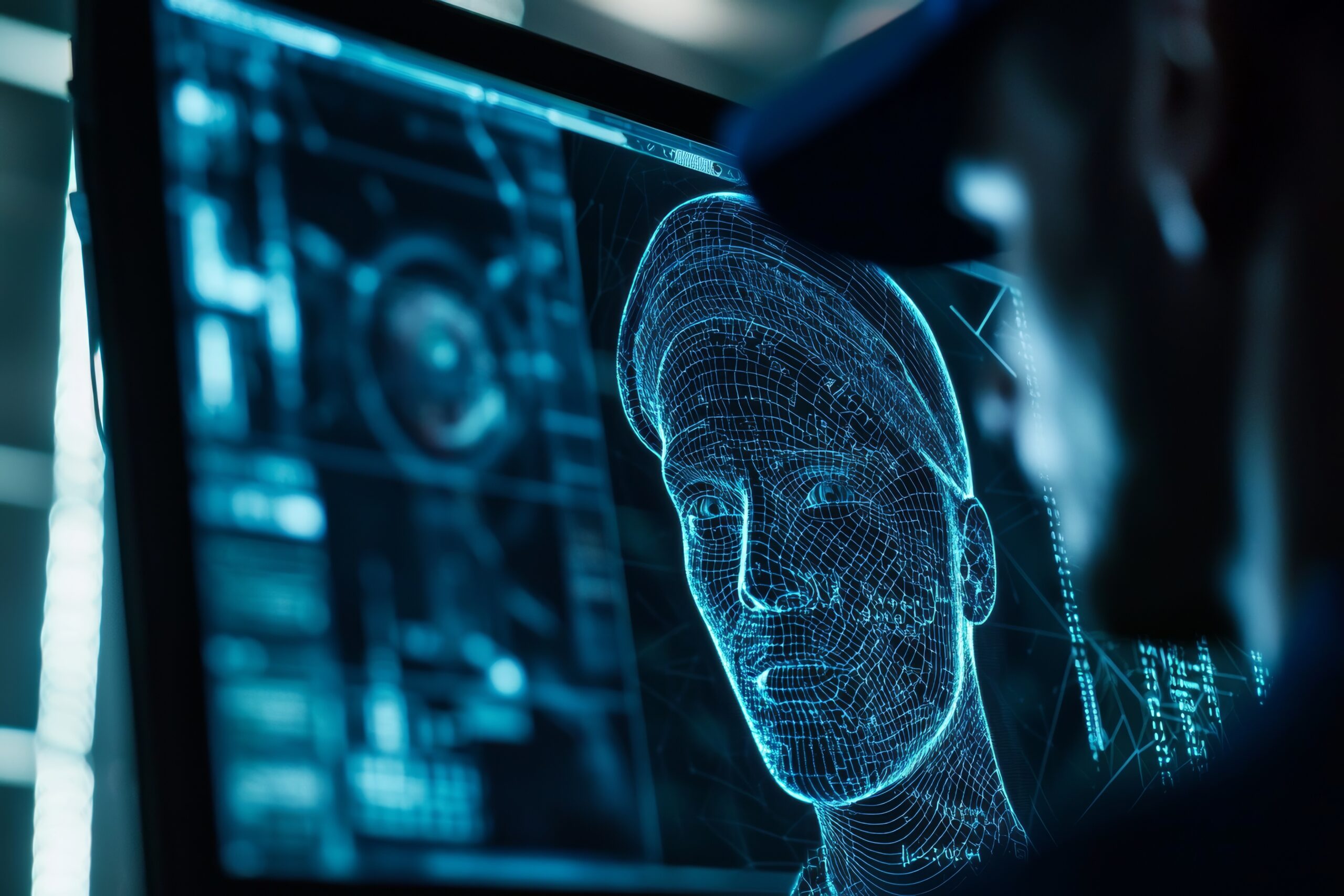In recent years, the term “deepfake” has become increasingly common, often accompanied by concerns about its potential misuse. But what exactly is a deepfake, how can you identify one, and what steps can you take to protect yourself from deepfake-related crimes? Let’s dive into these questions.
What is a Deepfake?
A deepfake is a type of synthetic media where artificial intelligence (AI) is used to create highly realistic but fake images, videos, or audio recordings. These AI-generated media can make it appear as though someone is saying or doing something they never actually did.
How to Spot a Deepfake
Identifying deepfakes can be challenging, but there are some tell-tale signs to look out for:
- Unnatural Eye Movements: Deepfakes often struggle to replicate natural eye movements and blinking patterns. If the eyes appear lifeless or blink unnaturally, it might be a deepfake.
- Inconsistent Lighting and Shadows: Check for inconsistencies in lighting and shadows. Real videos have consistent lighting, while deepfakes might show unnatural shadows or lighting that doesn’t match the environment.
- Facial Features and Expressions: Pay attention to facial features and expressions. Deepfakes may have slight distortions or unnatural expressions, especially around the mouth and eyes.
- Inconsistent audio and noise: Deepfake creators usually spend more time on the video images rather than the audio. The result can be poor lip-syncing, robotic-sounding voices, strange word pronunciations, digital background noise, or even the absence of audio.
- Reflections and Details: Examine reflections in the eyes or glasses and other fine details. Inconsistencies here can be a giveaway.
How to Protect Yourself from Deepfake Crimes
Deepfake technology can be used for malicious purposes, such as identity theft, blackmail, and spreading misinformation. Here are some steps to protect yourself:
- Be Cautious with Personal Media: Make your social networking profiles private. Limit the amount of personal photos, videos, and audio recordings you share online. The more content available, the easier it is for someone to create a deepfake.
- Enable Two-Factor Authentication (2FA): Use 2FA on your online accounts to add an extra layer of security. This can help protect your accounts from being hacked and used to create deepfakes.
- Use a VPN: Use a virtual private network (VPN) when browsing the internet. Being careful when you use the internet for browsing, shopping, or socializing is one of the most important steps you can take to limit your exposure to deepfakes and the scams that can come with them.
- Report Suspicious Content: If you come across a suspected deepfake, report it to the relevant platform or authorities. Many social media platforms have policies against deepfake content.
By understanding what deepfakes are, learning how to spot them, and taking proactive steps to protect yourself, you can navigate the digital world more safely and confidently.
Additional References
What are deepfakes? How they work and how to spot them – Norton™
